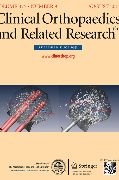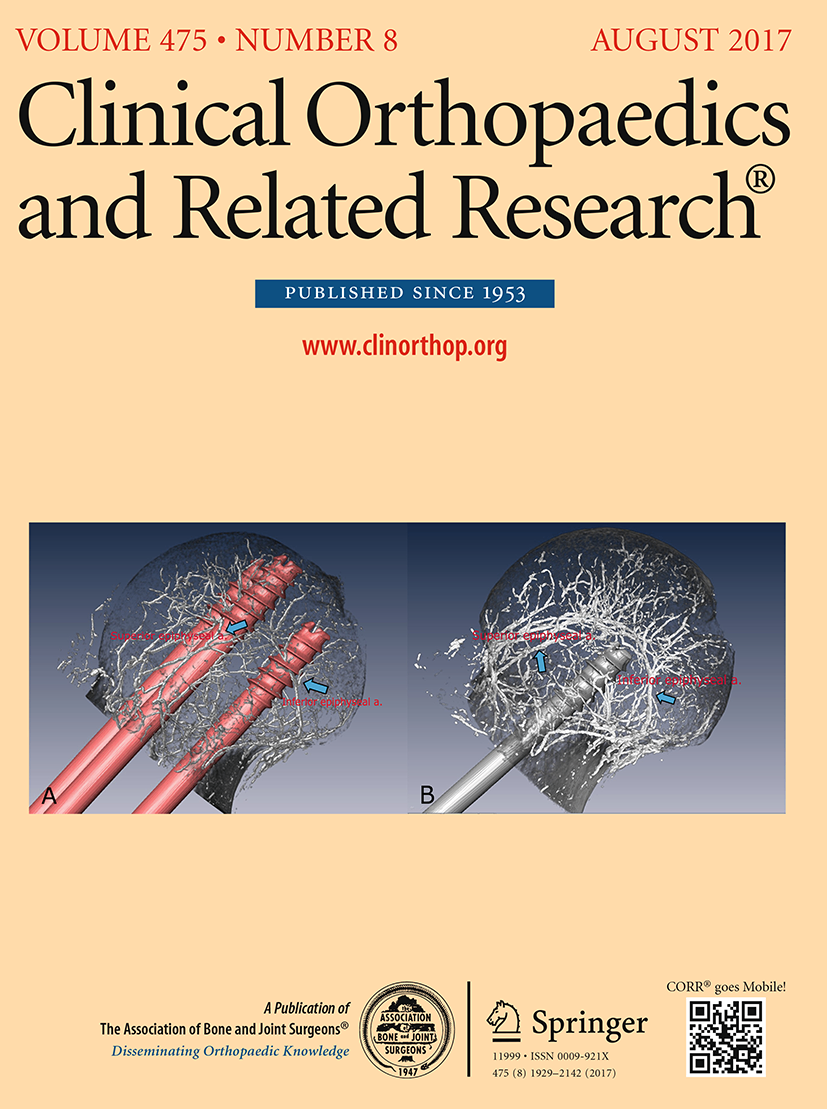
Patients prefer endoscopic over mini-open carpal tunnel release .
This report has been verified
by one or more authors of the
original publication.
Endoscopic carpal tunnel release is preferred over mini-open despite similar outcome: a randomized trial
Clin Orthop Relat Res. 2013 May;471(5):1548-54. doi: 10.1007/s11999-012-2666-z. Epub 2012 Oct 2652 patients with bilateral carpal tunnel syndrome were randomized to have endoscopic release performed on one hand and mini-incision on the other. The trial aimed to compare the subjective patient based outcomes between the two procedures. Despite similar Boston Carpal Tunnel Questionnaire (BCTQ) and DASH scores between the two groups after 3 months, 34 preferred endoscopic technique compared to 13 preferring the mini-incision, mostly due to scars and pillar pain.
Unlock the Full ACE Report
You have access to 4 more FREE articles this month.
Click below to unlock and view this ACE Reports
Unlock Now
Critical appraisals of the latest, high-impact randomized controlled trials and systematic reviews in orthopaedics
Access to OrthoEvidence podcast content, including collaborations with the Journal of Bone and Joint Surgery, interviews with internationally recognized surgeons, and roundtable discussions on orthopaedic news and topics
Subscription to The Pulse, a twice-weekly evidence-based newsletter designed to help you make better clinical decisions
Exclusive access to original content articles, including in-house systematic reviews, and articles on health research methods and hot orthopaedic topics

































































